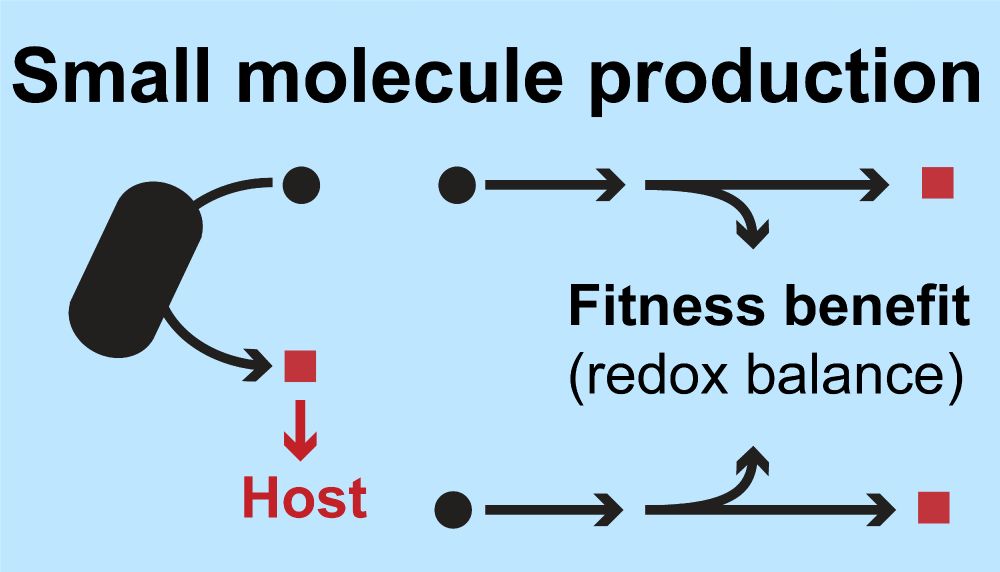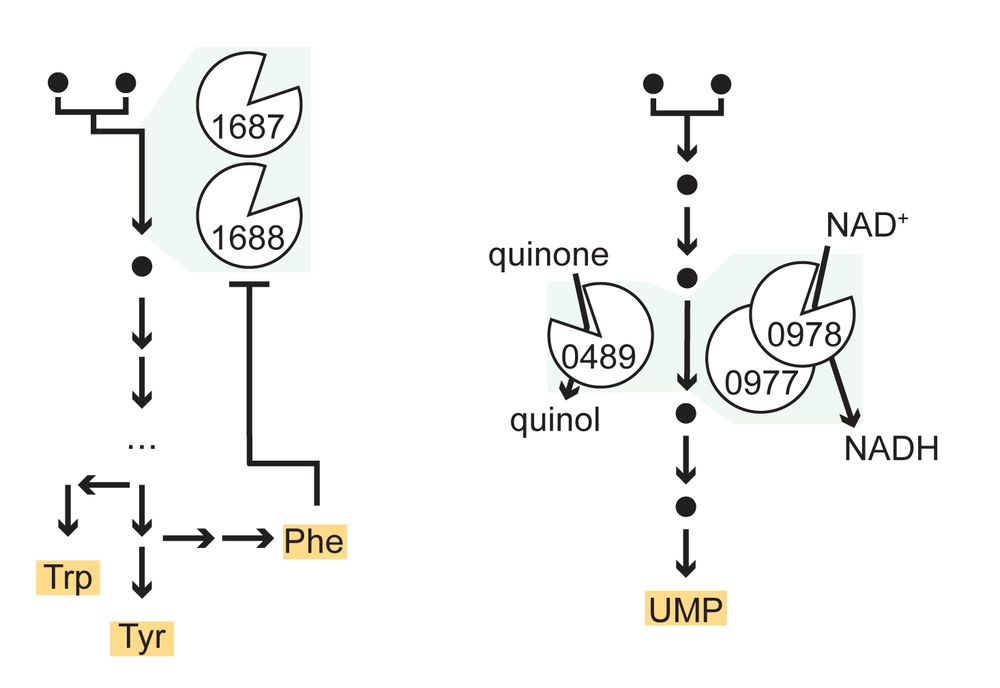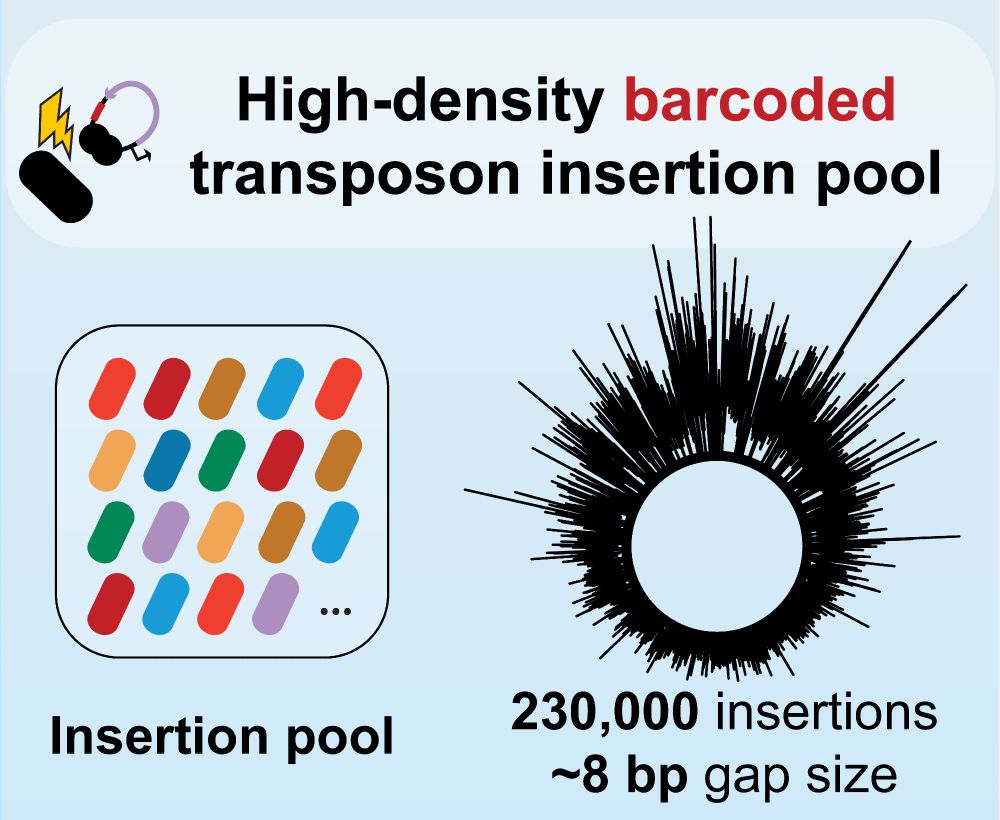
Original code: github.com/czbiohub-sf/...
My fork (up-to-date versions of dependencies, some debugging): github.com/AnthonyShive...
Original code: github.com/czbiohub-sf/...
My fork (up-to-date versions of dependencies, some debugging): github.com/AnthonyShive...
A heart-felt thanks to the many co-authors who came together to make this happen!
A heart-felt thanks to the many co-authors who came together to make this happen!
We identified new genes involved in aromatic lactic acid production, an important set of signals to the developing infant, and connected production of these small molecules to growth of bifidobacteria.

We identified new genes involved in aromatic lactic acid production, an important set of signals to the developing infant, and connected production of these small molecules to growth of bifidobacteria.
By referencing our metabolic reconstruction, we were able to paint a better picture of growth in the complex environment of the host guts. We learned about persistence in adults and the timing of colonization in infants.

By referencing our metabolic reconstruction, we were able to paint a better picture of growth in the complex environment of the host guts. We learned about persistence in adults and the timing of colonization in infants.
With experimentally supported metabolic pathways in hand, we then tackled growth in more complex environments like the gut.

With experimentally supported metabolic pathways in hand, we then tackled growth in more complex environments like the gut.
We used this pool to conduct a chemical-genomic screen and converted the transposon pool into an ordered mutant collection.
We then tackled multiple aspects of bifidobacterial biology with these resources.

We used this pool to conduct a chemical-genomic screen and converted the transposon pool into an ordered mutant collection.
We then tackled multiple aspects of bifidobacterial biology with these resources.
How did we do this?
How did we do this?
By referencing our metabolic reconstruction, we were able to paint a better picture of growth in the complex environment of the host guts. We learned about persistence in adults and the timing of colonization in infants.


By referencing our metabolic reconstruction, we were able to paint a better picture of growth in the complex environment of the host guts. We learned about persistence in adults and the timing of colonization in infants.
With experimentally supported metabolic pathways in hand, we then tackled growth in more complex environments like the gut.


With experimentally supported metabolic pathways in hand, we then tackled growth in more complex environments like the gut.
We used this pool to conduct a chemical-genomic screen and converted the transposon pool into an ordered mutant collection.
We then tackled multiple aspects of bifidobacterial biology with these resources.



We used this pool to conduct a chemical-genomic screen and converted the transposon pool into an ordered mutant collection.
We then tackled multiple aspects of bifidobacterial biology with these resources.
How did we do this?

How did we do this?

